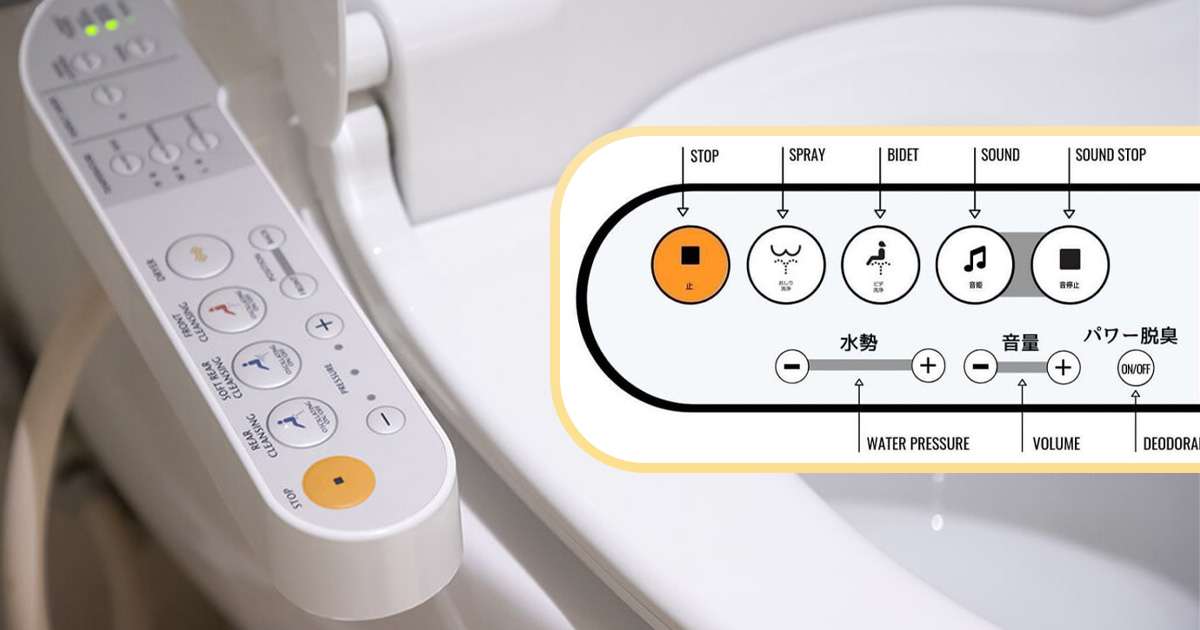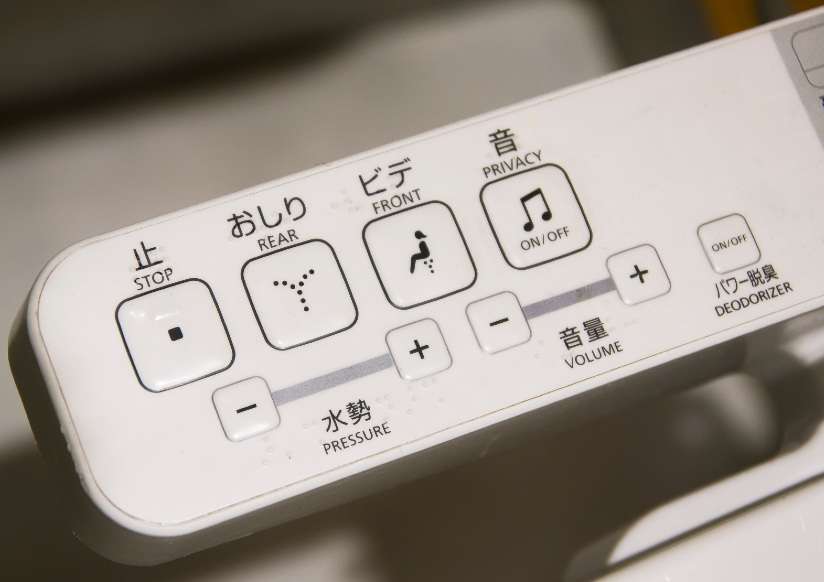How to Use a Japanese Toilet: Navigating Japan’s High-Tech Comfort Stations

Japanese toilets, often called washlets or smart toilets, are way more than just your average bathroom fixture. They come packed with cool features like heated seats, air dryers, deodorizers, and even built-in music players. Plus, they keep things super clean with a self-cleaning nozzle that sanitizes itself after each use.
Compared to regular toilets, Japanese models offer a ton of perks. They give a much more thorough, hygienic clean by using water for a refreshing wash, which cuts down on toilet paper use and makes them eco-friendly too.
As of 2018, more than 80% of households in Japan are equipped with high-tech bidets, often referred to as “washlets These technologically advanced toilets offer a level of comfort and hygiene that is hard to match. But what exactly is a Japanese toilet? How does it differ from regular toilets? And perhaps most importantly, how do you use one?
How to Use a Japanese Toilet: A Comprehensive Guide
Using a Japanese toilet can initially seem daunting given the number of buttons present on the control panel. Here’s a step-by-step guide to help you navigate through this high-tech experience:
Step 1: Identify the Buttons
Most Japanese toilets come with a control panel located either on the side of the toilet or on the wall. The buttons are usually labeled in both Japanese and English. Common buttons include:

1. 止 (Stop)
The stop button, labeled as “止,” is one of the most important buttons on a Japanese toilet. As the name suggests, pressing this button will immediately halt any ongoing function, whether it’s the bidet feature or the drying function. If the water spray feels too intense or if you simply want to end a cleaning cycle early, this is the button to press.
2. おしり (Rear)
The “おしり” button, translated as “rear,” activates a rear cleansing spray. This feature offers a hygienic post-use cleaning option by directing a gentle stream of water towards the user’s backside. The pressure and temperature of the water can usually be adjusted for comfort.
3. ビデ (Bidet)
The “ビデ” button, or “bidet or front,” initiates a front washing spray primarily designed for women. Similar to the rear spray, the bidet function provides a thorough clean by spraying warm water towards the front area. It’s a popular feature that enhances personal hygiene and comfort.
4. 音姫 (Sound Princess)
The “音姫” button, often translated as “Sound Princess” or “Otohime” or “Privacy,” plays a flushing sound. This feature is designed for discretion, allowing users to mask any sounds they might find embarrassing. The simulated flush sound can also provide privacy in public or shared restrooms, without wasting water.
5. 水勢 (Water Pressure)
The “水勢” button, translated as “water pressure,” adjusts the intensity of the water spray used in the bidet and rear cleansing functions. This allows users to customize their cleaning experience according to their comfort levels, making the use of the toilet more pleasant and personalized.
6. 温水 (Warm Water)
The “温水” button, meaning “warm water,” adjusts the temperature of the water used in the spray functions. This is especially useful during colder seasons, providing a warm, soothing cleaning experience.
7. 乾燥 (Dry)
The “乾燥” button, translated as “dry,” activates the air dryer function in a Japanese toilet. This feature eliminates the need for toilet paper and provides an eco-friendly way to dry off after using the bidet or rear cleansing functions. The warm air from the dryer offers a comfortable and efficient drying experience. It’s important to note that the drying process might take a bit longer than simply using toilet paper, but it can be a more hygienic and environmentally friendly option.
Step 2: Use the Toilet
After using the toilet, you can use the ‘ おしり rear’ or ‘ビデ bidet’ button to clean yourself. You can adjust the water pressure and temperature to your preference.
Step 3: Drying and Flushing
Once you’re done, use the ‘乾燥 dry’ button to activate the air dryer. Some models automatically flush once you stand up, while others may require you to press the flush button.
Additional Features of a Japanese Toilet
Japanese toilets are renowned for their advanced features that go beyond the standard functions. Here are some additional functions that further enhance the user experience:
1. Heated Seat
Many Japanese toilets come with a heated seat feature, which can be a real comfort during the chilly winter months. The temperature is usually adjustable, ensuring a warm and welcoming toilet seat year-round.
2. Deodorizer
Some high-end Japanese toilets include a deodorizer function. Once activated, it helps to neutralize any unpleasant odors, keeping the bathroom fresh and clean smelling after use.
3. Self-Cleaning Nozzle
For hygiene purposes, many Japanese toilets are equipped with a self-cleaning nozzle. Before and after each use, the nozzle extends and sprays itself with water, ensuring that it is always clean and ready for the next user.
4. Automatic Lid
Luxury models often come with an automatic lid that opens and closes on its own. The lid will open as you approach the toilet and close once you leave, reducing the need for contact and improving hygiene.
5. Energy Saving Mode
To conserve energy, some Japanese toilets have an energy-saving mode. The toilet can detect when it is not being used (like at night or when you’re out) and will reduce its power usage during these times.
6. Night Light
Some models also feature a gentle night light. This can be particularly useful for those late-night visits to the bathroom, providing just enough light to see without disturbing your sleep too much.
7. Massage Function
Some top-of-the-range Japanese toilets even include a massage function. Using different patterns of water pressure, these toilets can provide a relaxing and soothing experience.
8. Memory Settings
High-end models allow users to save their preferences for seat warmth, water temperature, and spray intensity. With saved settings, users won’t have to adjust these every time they use the toilet.
9. Emergency Call Button
Safety is a priority in Japanese restrooms, especially in public ones and those designed for the elderly or disabled. An emergency call button is often included. When pressed, it alerts nearby staff or family members that assistance is needed.
10. Flushing Toilet Paper
Some advanced Japanese toilets are designed to handle flushed toilet paper. While this might seem standard in many parts of the world, it’s worth noting because traditionally, Japanese plumbing was not designed to handle flushed paper. These newer models incorporate powerful flush mechanisms and wider pipes to accommodate paper waste.
11. Overflow Protection
To prevent unpleasant accidents, some toilets come with overflow protection. This feature detects if the water level in the bowl gets too high and automatically stops the flow of water.
12. Air Drying Clothes Function
Some luxury models go beyond just drying your posterior. They also offer an air-drying function for clothes. This can be handy for minor laundry needs or for drying wet clothes on rainy days.

